ISSN ONLINE(2319-8753)PRINT(2347-6710)
ISSN ONLINE(2319-8753)PRINT(2347-6710)
L R Shanmugasundaram 1, K Sarbham 2
|
| Related article at Pubmed, Scholar Google |
Visit for more related articles at International Journal of Innovative Research in Science, Engineering and Technology
A adaptive pert urb and observe (P&O) maximum power point tracking (MPPT) algorithm is proposed to track the maximum power under sudden changes in irradiance. The proposed method consists of three algorithms, namely current perturbation algorithm (CPA), adaptive control algorithm (ACA), and variable perturbation algorithm (VPA). CPA always tries to operate the photovoltaic (PV panel at maximum power point (MPP). ACA sets the operating point closer to MPP, only if the operating limits are violated. These operating limits are expressed in terms of the operating current range of the PV panel and the sudden changes in irradiance. The perturbation size based on polarity of change in power.VPA is dynamically reduced.
Keywords |
| adaptive p&o mppt algorithm, current perturbation algorithm, variable perturbation algorithym, adaptive perturbation algorithm, Boost converter. |
INTRODUCTION |
| The main aim of the maximum power point (MPP) tracking (MPPT) algorithms is to achieve fast and accurate tracking performance and minimize oscillations due to varying weather conditions. A comparative study on MPPT techniques for photovoltaic (PV) power systems is reported in [1] and [2]. Among different MPPT algorithms much focus has been on perturb and observe (P&O) [3], hill climbing[4] , and incremental conductance[5] (INC) methods . In, a survey of P&O techniques has been presented weather conditionsIt has been shown that the existing techniques suffer from oscillations, complexity, designer dependency, and more computational effort. By reducing the fixed perturbation size these oscillations can be minimized, but it takes relatively more time to reach MPP. The solution to this conflicting situation is to have a variable step size as suggested in[6]. |
| In the P&O method, the operating point oscillates around the MPP giving rise to the wastage of some amount of available energy. These oscillations can be minimized by reducing the fixed perturbation size, but it takes relatively more time to reach MPP. The solution to this conflicting situation is to have a variable step size as suggested . Although the implementation of these methods are simple,it is not very accurate and rapid, since the effects of temperature and irradiation are not taken into consideration. Patel and Agarwal [7] proposed a variable perturb by adopting four power ranges. In each range, a specific perturb value is used; hence, the method is not fully adaptive.. |
| Several methods are proposed[7] to address these issues by considering adaptive perturbation An INC method is based on the fact that the slope of the PV array power curve is zero at MPP, negative on the right, and positive on the left of the MPP.The INC method inherits the same problems as P&O, namely the tradeoff between the speed and oscillations. In [4], the author claims that the INC method is prone to failure in case of large changes in irradiance’ |
CONVENTIONAL METHOD |
| In the conventional system we are using p&o mppt algorithm.the systemsuffer from oscillations, complexity, designer dependency, and more computational effort. In the P&O method[3], the operating point oscillates around the MPP giving rise to the wastage of some amount of available energy. These oscillations can be minimized by reducing the fixed perturbation size, but it takes relatively more time to reach MPP.the implementation of perturb and observe (P&O), hill climbing , and incremental conductance (INC) method[5]are simple.In our consideration the irrsdiation and the tempatature efforts are not taken.so we are proposing a variable perturb by adopting four power ranges. |
| In existing system the incremental conductance method is also have some draw backs. which is based on the fact that the slope of the PV array power curve is zero at MPP, negative on the right, and positive on the left of the MPP.The INC method inherits the same problems as P&O, namely the tradeoff between the speed and oscillations. |
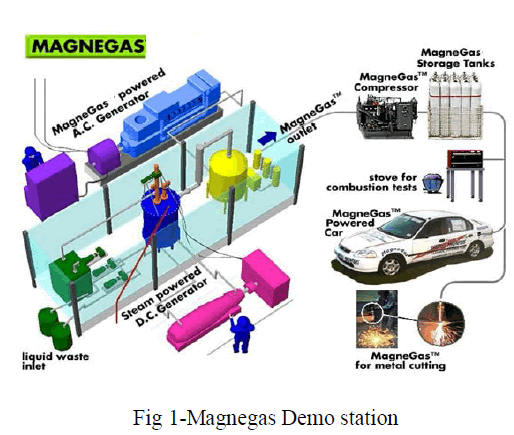 |
| In the another mppt algorithm MPP current is continuously monitored with respect to the short circuit Current. This method is well known as the fractional short circuit current [(FSCC) or fractional open circuit voltage] method. Since this method approximates a constant ratio, its accuracy cannot be guaranteed under varying weather conditions. Several methods have been proposed To overcome the above-mentioned drawbacks using artificial intelligence (AI)-based algorithms such as neural network (NN) and fuzzy logic controller (FLC). |
| but in existing system these methods also having some drawbacks such as the requirement of large data storage and extensive computation. For instance, NN requires a large amount of data for training, which is the major constraint. Similarly, FLC requires extensive computation to deal various stages.Here the MPP continuously changes with atmospheric conditions in real time so low-cost hardware processors cannot be used for these applications. |
PROPOSED METHOD |
| To overcome the conventional p&o mppt method drawbacks we proposed adaptive p&o mppt method.In this proposed method having three algorithm namely current perturbation, adaptive control,and variable perturbation.the proposed system adaptive p&o mppt algorithm is shown in bellow fig.2 |
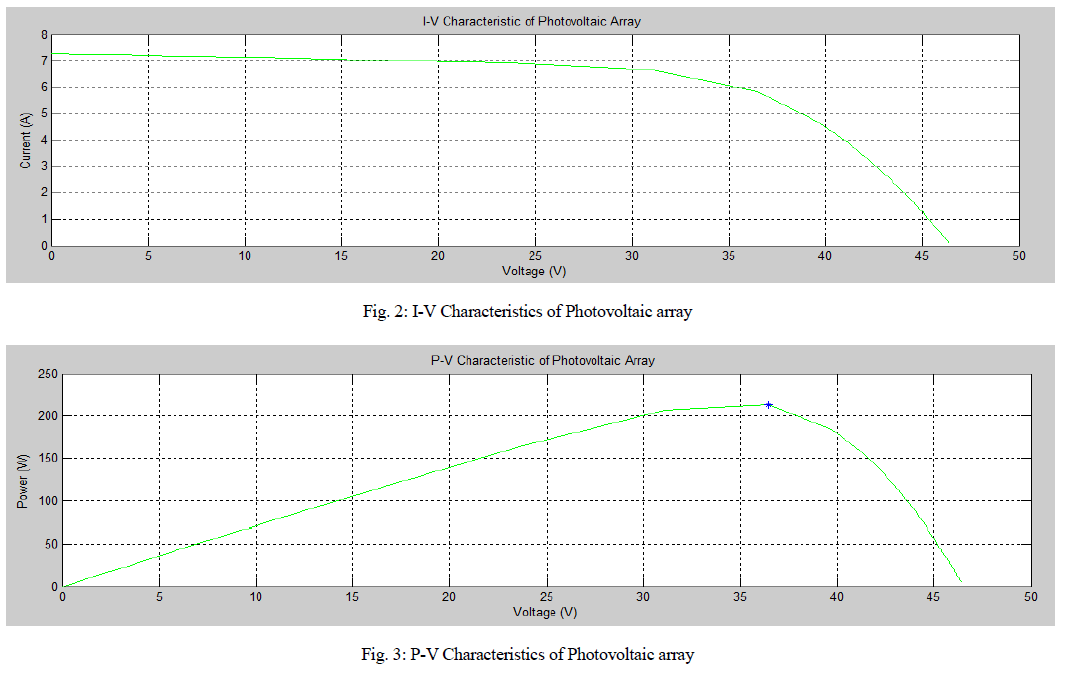 |
| To track the voltage and current of the pv arraywe are using mppt algorithm, where maximum output power is obtained under a specific irradiance and temperature.fig 2 shows the proposed method is devided into three algorithm |
| 1) Current Perturbation Algorithm (CPA): |
| A conventional P&O algorithm concept is used in this algorithm but it considers current perturbation instead of voltage perturbation to speed up the tracking performance.the current perturbation algorithm is shown in fig 2 |
| 2) Adaptive Control Algorithm (ACA): |
| Frictional short circuit current concept is used in this algorithm. It finds the new operating point closer to MPP. It was carried out by multiplying the short circuit current with an optimal proportionality constant.Further, ACA sets the perturbation size to coarse perturbation size , which varies with irradiance. This algorithm gets activated only if there is sudden change in irradiance or sudden change in PV current. |
| 3) Variable Perturbation Algorithm (VPA) |
| whenever the operating point crosses the MPP to minimize the oscillations around MPP this algorithm reduces the perturbation size dynamically. It provides the fine tuning of perturbation size. |
| REALIZATION OF PROPOSED MPPT ALGORITHM USING BOOST CONVERTER: |
| The proposed MPPT algorithm is realized using a boostconverter. The PV panel is connected to the boost converter as shown in Fig. 3 |
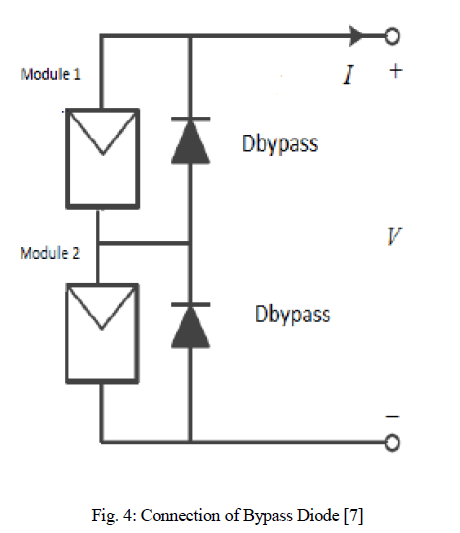 |
| In proposed system pv panel is connected across the boost converter.In pv panel energy is depending upon the weather conditions .so here we have different types energy in pv panel. which is damaging the system,we have constant energy here .so we implement adaptive p&o mppt algorithm. By using pwm we can apply the gate pulses in system. which connected to IGBT switch shown in fig 3 . |
SIMULATION MODEL AND RESULTS |
| A simulation design of adaptive p&o mppt algorithm for a sudden changesin irradiance ,load controller is implemented in MATLAB SIMULINK with the help of pv pannel,mppt algorithm and pwm, boost converer as shown in figure 4 |
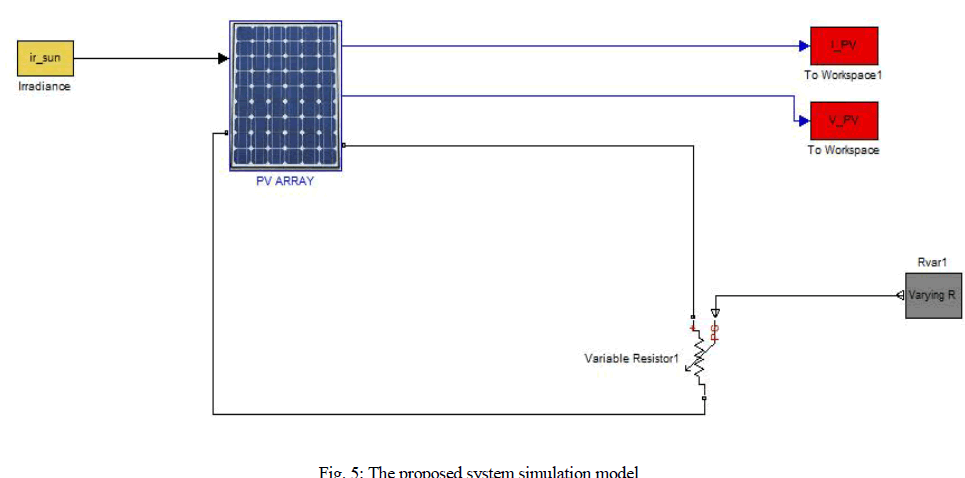 |
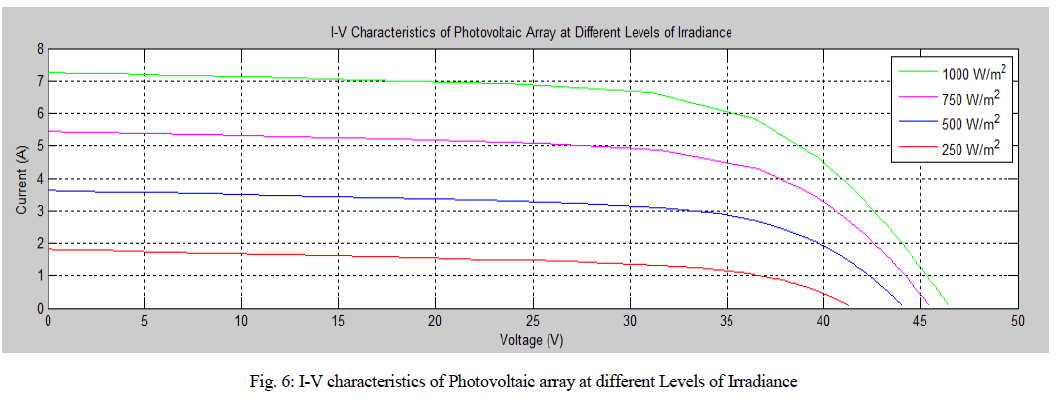 |
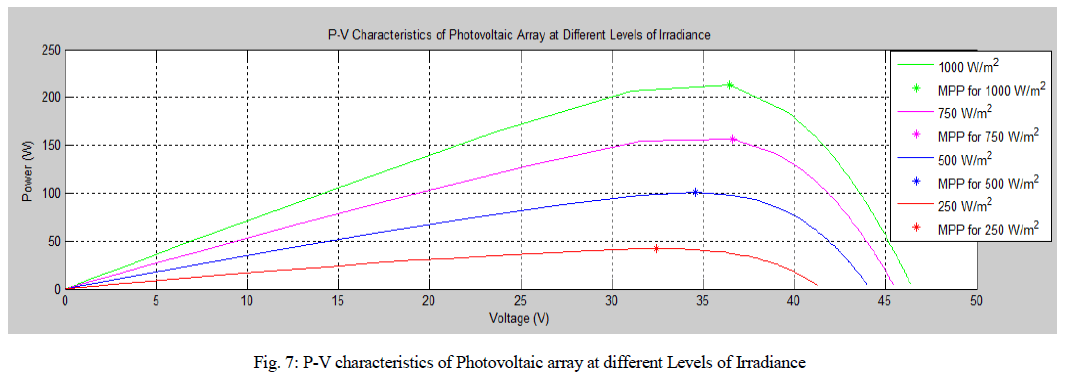 |
CONCLUSION |
| In a variable perturbation size adaptive p&o mppt algorithm was proposed for sudden changes in irradiance and PV current limit violation. The proposed method has the following three features: 1) steadily tracks the MPP under normal conditions, 2) speeds up the dynamic performance under sudden operating limits violation, and 3) provides variable perturbation to reduce the oscillations around MPP. These three features are accomplished using three algorithms namely CPA, ACA, and VPA, respectively. Unlike the conventional P&O, the proposed algorithm has faster response with reduced oscillations around MPP. The computational efforts caused due to the derivatives as explained in INC method are absent. It tracks true maximum power, unlike the fractional open circuit voltage and FSCC methods. Also, it does not require a large amount of data(storage) for training and extensive computation to deal various stages, as required by FLC and NN. The simulation and experimental studies show that the proposed algorithm gives faster response than the conventional algorithms. |
References |
|